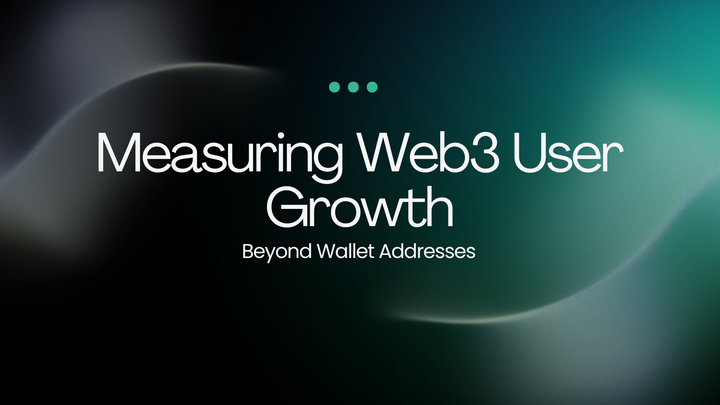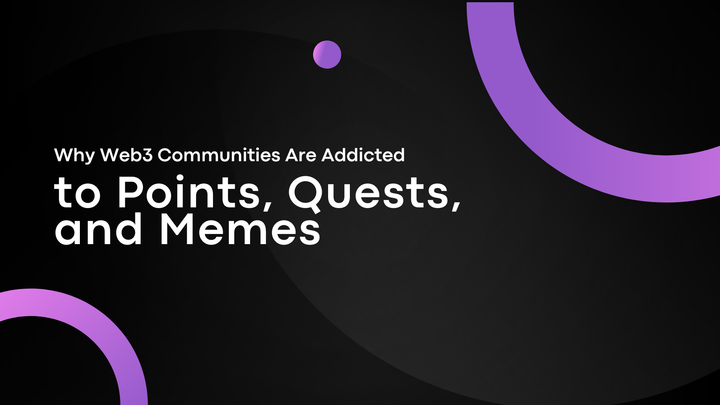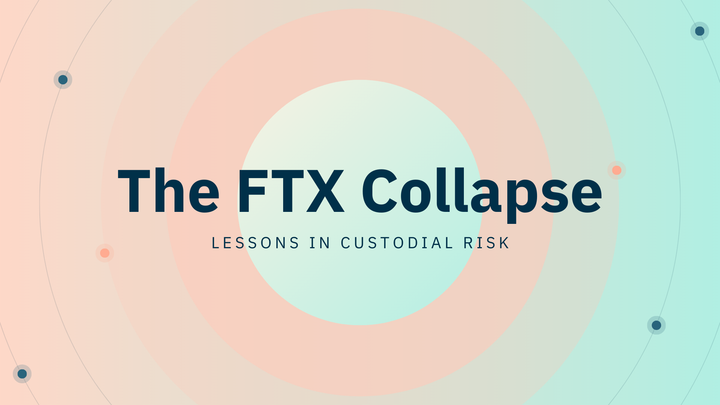Mitosis Vaults and the Morph Layer: Forging a Path to Unified Cross-Chain Liquidity
The Persistent Challenge of Fragmented Liquidity
The rapid expansion of the Web3 ecosystem has given rise to a diverse array of blockchain networks, including Layer 1s and Layer 2 scaling solutions. While this diversity fosters innovation and caters to various needs, it has inadvertently created a significant challenge: liquidity fragmentation. Assets and capital are scattered across disparate chains, leading to inefficient markets, increased slippage for users, and hindered capital efficiency for protocols. Addressing this fragmentation is crucial for the maturation and widespread adoption of Decentralized Finance (DeFi).
Introducing Mitosis and Ecosystem-Owned Liquidity (EOL)
At the forefront of tackling liquidity fragmentation is the Mitosis protocol, a Layer 1 blockchain specifically designed to serve as a dedicated liquidity layer. Mitosis introduces the concept of Ecosystem-Owned Liquidity (EOL), a novel approach that aims to create a more sustainable and unified source of liquidity across the multi-chain landscape. Unlike traditional models that rely heavily on transient "mercenary capital," EOL seeks to align incentives and empower communities to collectively manage and direct liquidity.
The Core Mechanism: Mitosis Vaults
Central to the Mitosis protocol is the innovative Mitosis Vault system. These vaults serve as the primary conduits through which users contribute assets to the shared liquidity pool managed by the protocol. By depositing assets into a Mitosis Vault on a specific chain, users become liquidity providers within the Mitosis ecosystem. This system is designed to be intuitive and accessible, abstracting away much of the underlying complexity of cross-chain operations for the end-user.
miAssets: The Key to Cross-Chain Liquidity Mobility
Upon depositing assets into a Mitosis Vault, users receive miAssets. These are canonical, 1:1 representations of the deposited assets within the Mitosis ecosystem. The creation of miAssets is a critical step in enabling seamless cross-chain liquidity. Instead of moving the original, native asset directly (which often involves complex and potentially risky bridging), users can transfer and utilize the corresponding miAsset across various integrated chains and layers.
Empowering Liquidity Providers Through DAO Governance
The Mitosis protocol operates under a decentralized governance model, specifically a Mitosis DAO. Holders of miAssetsare granted voting rights within this DAO, empowering them to participate in key decisions regarding the protocol's development and, crucially, the allocation and management of the pooled liquidity within the Mitosis Vaults. This community-driven approach ensures that the liquidity is directed in a manner that best serves the collective interests of the ecosystem and responds dynamically to market demands.
The Role of Interoperability Protocols: Morse and Hyperlane
Facilitating the seamless movement of miAssets across different blockchain environments requires robust and secure interoperability protocols. Mitosis leverages protocols like Morse and Hyperlane to achieve this. These protocols provide the underlying infrastructure for secure cross-chain messaging and asset transfers, ensuring that miAssets can be reliably moved between chains without compromising security or incurring excessive costs and delays often associated with traditional bridging solutions.
Introducing the Morph Layer: A High-Throughput L2
As the Web3 ecosystem matures, Layer 2 scaling solutions have emerged as vital components for increasing transaction throughput and reducing costs on congested Layer 1 networks. The Morph layer is one such solution, operating as an Optimistic Rollup designed to provide a high-throughput, low-cost environment for decentralized applications. Morph aims to combine the scalability benefits of rollups with a developer-friendly environment, making it an attractive destination for DeFi and other applications seeking performance.
The Synergy: Mitosis Vaults and the Morph Layer
The integration of Mitosis Vaults and the Morph layer presents a powerful synergy. As a Layer 2, Morph benefits significantly from access to deep and unified liquidity. By integrating with Mitosis, the Morph ecosystem can tap into the pooled EOL managed by the Mitosis DAO. This means that applications and users on Morph can access liquidity that originates from and is available across various chains connected to the Mitosis protocol.
Bringing Ecosystem-Owned Liquidity to Morph
The partnership between Mitosis and Morph is set to bring the benefits of Ecosystem-Owned Liquidity (EOL) directly to the Morph environment. This could involve the deployment of Mitosis Vaults or related infrastructure on Morph, allowing users to provide liquidity that is then accessible within the Morph ecosystem. Conversely, liquidity provided within Morph could potentially contribute to the broader Mitosis EOL pool, further unifying liquidity.
Enhancing Liquidity and Capital Efficiency on Morph
By integrating with Mitosis Vaults, the Morph layer stands to gain access to significantly enhanced liquidity. This is crucial for DeFi applications operating on Morph, such as decentralized exchanges (DEXs) and lending protocols, which rely on sufficient liquidity to function efficiently. Increased liquidity leads to lower slippage for traders and better capital utilization for protocols, ultimately improving the user experience on Morph.
A Unified Liquidity Experience Across Layers
The collaboration between Mitosis and Morph contributes to the broader vision of a unified liquidity layer that spans across different blockchains and layers. Users interacting with applications on Morph, or other chains integrated with Mitosis, can potentially access a single, deep pool of liquidity managed by the Mitosis DAO. This eliminates the need for users to manually bridge assets or worry about which specific chain holds the necessary liquidity for a transaction.
Benefits for Users and Developers
The integration of Mitosis Vaults and the Morph layer offers tangible benefits for both users and developers. Users can enjoy a more seamless and capital-efficient DeFi experience with reduced slippage and potentially lower transaction costs when interacting with applications on Morph that leverage Mitosis liquidity. Developers building on Morph can access a readily available and deep liquidity pool, simplifying the development of cross-chain applications and reducing the need to bootstrap liquidity from scratch.
Security and Trust Considerations
Security is paramount in cross-chain interactions. Both the Mitosis protocol and the Morph layer prioritize robust security measures. Mitosis leverages secure interoperability protocols like Hyperlane to ensure the safe transfer of miAssets. Morph, as an Optimistic Rollup, relies on fraud proofs to ensure the correctness of off-chain transactions. The combined architecture aims to provide a secure environment for unified liquidity.
The Future of Unified Liquidity
The integration of Mitosis Vaults with Layer 2 solutions like Morph represents a significant step towards a more interconnected and efficient Web3 ecosystem. As more chains and layers integrate with the Mitosis protocol, the EOLpool will grow, creating a truly unified source of liquidity accessible across the decentralized landscape. This vision of unified liquidity is crucial for unlocking the full potential of DeFi and enabling the next wave of decentralized applications.
Conclusion: A Seamless Cross-Chain Future
The collaboration between the Mitosis protocol, with its innovative Vault system and Ecosystem-Owned Liquidity, and the Morph layer, a high-throughput Layer 2, is a powerful example of how different components of the Web3 ecosystem can work together to solve critical challenges. By bringing unified, community-managed liquidity to high-performance Layer 2s like Morph, this partnership paves the way for a more seamless, efficient, and user-friendly cross-chain future in DeFi and beyond.
Reflect and Discuss:
- How does the concept of Ecosystem-Owned Liquidity (EOL) differ from traditional liquidity provision models, and what are its potential advantages?
- What are the key technical challenges in integrating a Layer 1 liquidity protocol like Mitosis with a Layer 2 Optimistic Rollup like Morph?
- How might the availability of unified liquidity through Mitosis Vaults impact the types of DeFi applications that are built and thrive on the Morph layer?
- What role do miAssets play in abstracting away the complexity of cross-chain interactions for the end-user?
- How can the Mitosis DAO effectively govern the allocation of liquidity across a growing number of integrated chains and layers?



Comments ()